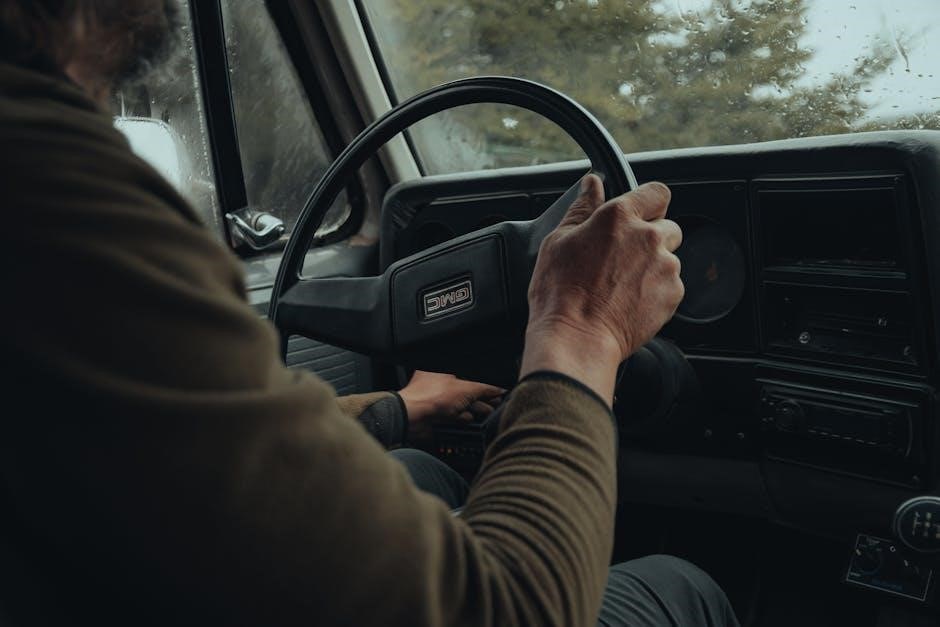Nuna PIPA RX Car Seat Manual: A Comprehensive Guide
Navigating infant car seat safety requires diligent study of the manual; understanding installation, features, and troubleshooting ensures optimal protection for your precious cargo.
The Nuna PIPA RX represents a pinnacle of infant car seat engineering, prioritizing both safety and convenience for modern families. This rear-facing only car seat is designed for newborns up to 22 lbs, offering a secure and comfortable travel experience. Its standout feature is the innovative ‘True Tension Door’ system, simplifying installation and ensuring a consistently tight fit.
Beyond ease of use, the PIPA RX boasts premium materials and thoughtful design elements. The sleek aesthetic complements any lifestyle, while the integrated Dream drape™ provides soothing shade for your little one. Understanding the nuances of this car seat – from its unique installation methods to its adjustable components – is crucial for maximizing its protective capabilities. This guide will serve as your comprehensive resource, empowering you to confidently and correctly utilize the Nuna PIPA RX for years to come, safeguarding your most valuable passenger.
Understanding the Importance of a Car Seat Manual
A car seat manual isn’t merely a suggestion; it’s a critical safety document outlining precise installation and usage instructions. The Nuna PIPA RX, while designed for intuitive use, requires careful adherence to the provided guidelines to ensure optimal protection in the event of a collision. Incorrect installation significantly compromises the seat’s ability to safeguard your child.
The manual details specific weight and height limits, proper recline angles, and harness adjustments – all vital for correct operation. Ignoring these instructions can lead to serious injury. Furthermore, understanding the car seat’s features, like the ‘Aircraft Mode’ and SIP features, requires a thorough review of the manual. Regularly referencing it, especially after any adjustments or if encountering issues, is paramount for maintaining a safe travel environment for your infant. Prioritize reading and understanding – it’s an investment in your child’s wellbeing.
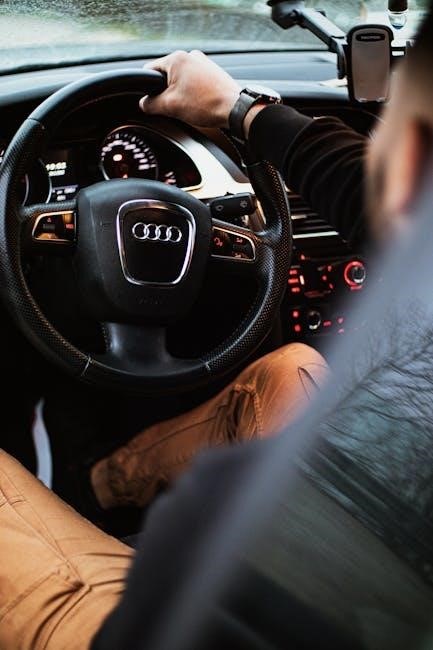
Installation & Compatibility
Securely attaching the Nuna PIPA RX involves verifying base compatibility, mastering proper installation techniques, and confirming vehicle suitability for optimal safety.
Base Compatibility: Nuna Bases
The Nuna PIPA RX is specifically engineered for compatibility with designated Nuna bases, ensuring a secure and reliable connection within your vehicle. Currently, the PIPA RX seamlessly integrates with the Nuna BASE family, including the Nuna PIPA BASE and the Nuna PIPA Lite RX base. Utilizing any other base is strictly prohibited, as it compromises the car seat’s safety performance and may void the warranty.
Confirming base compatibility is paramount before installation. Each Nuna base features a clear compatibility indicator, and referencing the Nuna website or manual provides definitive confirmation. It’s crucial to verify that the base is not expired and is in good working condition, free from any damage or modifications. Proper base selection and maintenance are fundamental to safeguarding your child during travel, guaranteeing a stable and protective environment.
Proper Installation with the Base
Achieving a secure installation with the Nuna base is critical for optimal safety. Begin by firmly attaching the base to the vehicle seat, utilizing either the LATCH system or the vehicle’s seatbelt – never both simultaneously. Ensure the base is level; the built-in level indicator must show a green confirmation.
Double-check the tightness of the installation. The base should not move more than one inch side-to-side or front-to-back when tested at the belt path. Once the base is securely installed, the PIPA RX car seat easily clicks into place, accompanied by audible and visual confirmation indicators. Regularly inspect the installation to guarantee continued stability throughout its use, prioritizing your child’s wellbeing during every journey.
Installation Without the Base (Aircraft Mode)
The Nuna PIPA RX excels in travel convenience with its base-less installation, known as ‘Aircraft Mode’. This feature allows secure use directly on airplane seats, adhering to FAA regulations. To engage Aircraft Mode, retract the stability leg and rotate the carrying handle until it clicks into the designated position.
Always confirm compatibility with the aircraft’s seat dimensions and belt configuration. Utilize the onboard seatbelt to firmly secure the car seat, ensuring a snug fit. Prioritize a level installation, and remember that the seatbelt must lie flat and not be twisted. This mode is specifically designed for air travel and should only be used when a base isn’t available or practical, guaranteeing a safe flight for your little one.
Vehicle Compatibility Check
Ensuring compatibility between the Nuna PIPA RX and your vehicle is paramount for safe installation. Before installation, consult the Nuna website’s vehicle compatibility list, which details tested vehicles and potential installation considerations.
Carefully review your vehicle’s owner’s manual for specific instructions regarding car seat installation, including LATCH system usage and seatbelt locking mechanisms. Verify sufficient space to accommodate the car seat, both front-to-back and side-to-side. If using the LATCH system, confirm its weight limits and proper functionality. If using the seatbelt, ensure it locks securely. A proper fit is crucial; if unsure, consult a Certified Child Passenger Safety Technician (CPST) for assistance.

Features & Components
The Nuna PIPA RX boasts innovative features like a no-re-thread harness, adjustable headrest, Dream drape™, and side impact protection for ultimate infant security;
Overview of the PIPA RX Components
The Nuna PIPA RX car seat is meticulously designed with several key components working in harmony to provide a safe and comfortable ride for your little one. The shell itself is constructed with robust, energy-absorbing materials, prioritizing impact protection. A standout feature is the integrated Dream drape™ extender, offering extended sun and weather coverage, easily adjustable for optimal shading.

The harness system is a no-re-thread design, simplifying adjustments as your infant grows, eliminating the hassle of manual re-threading. The adjustable headrest provides customized support and comfort, ensuring a secure fit at every stage. The base, sold separately, features convenient installation indicators and a steel-reinforced load leg for enhanced stability. Finally, the ergonomic carry handle allows for easy portability, making transitions between car and destination seamless. Understanding each component’s function is crucial for proper usage and maximizing safety.
Adjustable Headrest
The Nuna PIPA RX’s adjustable headrest is a critical component for ensuring a secure and comfortable fit as your infant rapidly grows. Featuring multiple height positions, the headrest allows for precise customization, maintaining the correct level of protection and support throughout the car seat’s rear-facing lifespan.
Adjusting the headrest is remarkably simple, utilizing a conveniently located mechanism. Proper adjustment ensures the harness straps are always positioned at or below your child’s shoulders – a vital safety requirement. Regularly checking and adjusting the headrest is essential to accommodate growth spurts and maintain optimal safety. This feature contributes significantly to the PIPA RX’s ability to adapt to your child’s evolving needs, providing continued peace of mind on every journey.
No-Re-Thread Harness System
The Nuna PIPA RX boasts a revolutionary no-re-thread harness system, eliminating the cumbersome and potentially error-prone task of manually re-threading the harness straps as your child grows. This innovative design allows for effortless adjustments to both the harness height and tightness, ensuring a consistently secure and comfortable fit without any complex procedures.
Simply adjust the headrest, and the harness automatically adjusts with it, maintaining the correct shoulder positioning. This feature significantly simplifies the process of adapting the car seat to your growing infant, reducing the risk of improper installation and maximizing safety. The no-re-thread system provides unparalleled convenience and peace of mind for parents, streamlining the car seat experience.
Dream drape™ Extender
The Nuna PIPA RX includes the Dream drape™ extender, a thoughtfully designed feature offering enhanced sun and weather protection for your little one. This integrated extension easily pulls down to create a more sheltered environment, shielding your baby from harsh sunlight, wind, and light rain. It’s perfect for maintaining a comfortable and peaceful ride, regardless of the external conditions.
The Dream drape™ doesn’t fully enclose the car seat, ensuring adequate ventilation and allowing you to maintain visual contact with your infant. It’s a simple yet effective solution for creating a cozy and protected space, promoting restful travel. The extender is seamlessly integrated into the car seat’s design, offering convenience and functionality.

Using the Nuna PIPA RX
Proper infant positioning, secure harnessing, and understanding reclining options are crucial for safe travel; utilize the Dream drape™ for added comfort and protection.
Infant Positioning & Harnessing
Correct infant positioning within the Nuna PIPA RX is paramount for safety and comfort. Always ensure the infant’s back is fully supported by the car seat shell, and the head is adequately cradled by the adjustable headrest. The harness straps must lie flat and snug against the infant’s body, originating from at or below the shoulders for rear-facing use.
Begin by placing the infant in the seat, then gently pull the harness straps to eliminate any slack. The chest clip should be positioned at armpit level, ensuring it doesn’t obstruct the infant’s breathing. A “pinch test” is vital: you should not be able to pinch any excess webbing at the shoulder. Regularly check the harness tightness as the infant grows, and always re-adjust as needed. Incorrect harnessing significantly reduces the car seat’s protective capabilities during a collision.
Remember to never add padding or bulky clothing between the infant and the harness, as this can compromise the fit and safety.
Adjusting the Harness Straps
The Nuna PIPA RX features a no-re-thread harness system, simplifying adjustments as your infant grows. To loosen the straps, locate the harness adjustment strap located at the base of the car seat. Pulling this strap will release tension, allowing you to comfortably adjust the harness. To tighten, pull firmly on the strap until the desired snugness is achieved – remember the pinch test!
Ensure both shoulder straps are adjusted to the same height and tightness for balanced protection. Regularly check the fit, especially during growth spurts, as a properly fitted harness is crucial for safety. Avoid over-tightening, which can cause discomfort, and under-tightening, which compromises protection.
Always re-check the harness after each use and before each journey to guarantee a secure and safe fit for your little one.
Reclining Positions
The Nuna PIPA RX offers carefully engineered reclining positions designed for optimal infant comfort and safety during travel. These positions are specifically calibrated to support a newborn’s developing spine and ensure proper breathing alignment. Adjusting the recline is straightforward; locate the recline indicator and lever situated on the base of the car seat.
The PIPA RX typically features a specific recline angle required for newborns, ensuring a semi-reclined position. As your baby grows, you may adjust the recline slightly, always adhering to the manufacturer’s guidelines. It’s vital to confirm the correct recline angle is achieved before each journey, referencing the visual indicator for confirmation.
Never modify or alter the car seat’s recline mechanism.
Dream drape™ Usage
The Nuna PIPA RX’s Dream drape™ is an integrated extension designed to provide superior sun and light protection for your infant, creating a cozy and calming environment during travel. This feature easily extends and retracts, offering adjustable coverage without disturbing your baby.
To deploy the Dream drape™, simply pull it upwards and outwards. Ensure it’s securely fastened when extended. When not needed, it retracts neatly into the car seat’s shell. Always ensure the Dream drape™ does not obstruct your view of the baby or interfere with the car seat’s safety features.
Never use aftermarket accessories that could compromise the Dream drape™’s functionality or safety. Proper usage enhances comfort and shields from external stimuli, promoting peaceful journeys.

Safety Features & Regulations
The Nuna PIPA RX prioritizes infant safety through rigorous testing, advanced side impact protection, and FAA certification for peace of mind during travel.
Side Impact Protection (SIP)
The Nuna PIPA RX boasts a robust Side Impact Protection (SIP) system, meticulously engineered to shield your little one during a collision. This isn’t merely an added feature; it’s a core design element. The car seat’s shell is constructed with energy-absorbing materials, strategically placed to distribute forces away from the infant’s head, neck, and spine.
Furthermore, the SIP pods extend outwards, creating a protective cocoon around the child. These pods are designed to crumple upon impact, significantly reducing the transfer of energy to the infant. Nuna’s commitment to safety extends beyond basic compliance; they consistently exceed industry standards in side-impact testing.
This advanced SIP system provides an extra layer of security, offering parents enhanced peace of mind knowing their child is exceptionally well-protected in the event of a side impact. It’s a crucial component of the PIPA RX’s overall safety profile.
Energy-Absorbing Foam
The Nuna PIPA RX incorporates multiple layers of specialized energy-absorbing foam throughout its construction, a critical component in maximizing impact protection. This isn’t a single foam type, but a carefully selected blend designed to perform optimally in various crash scenarios. The foam lining the shell, and particularly around the headrest, is engineered to compress and deform upon impact, dissipating crash forces before they reach your child.
This advanced foam technology works in conjunction with the car seat’s shell and SIP system to provide a comprehensive safety solution. Nuna utilizes Expanded Polystyrene (EPS) foam, renowned for its exceptional energy absorption capabilities. The strategic placement of this foam ensures optimal protection for the infant’s head, torso, and hips.
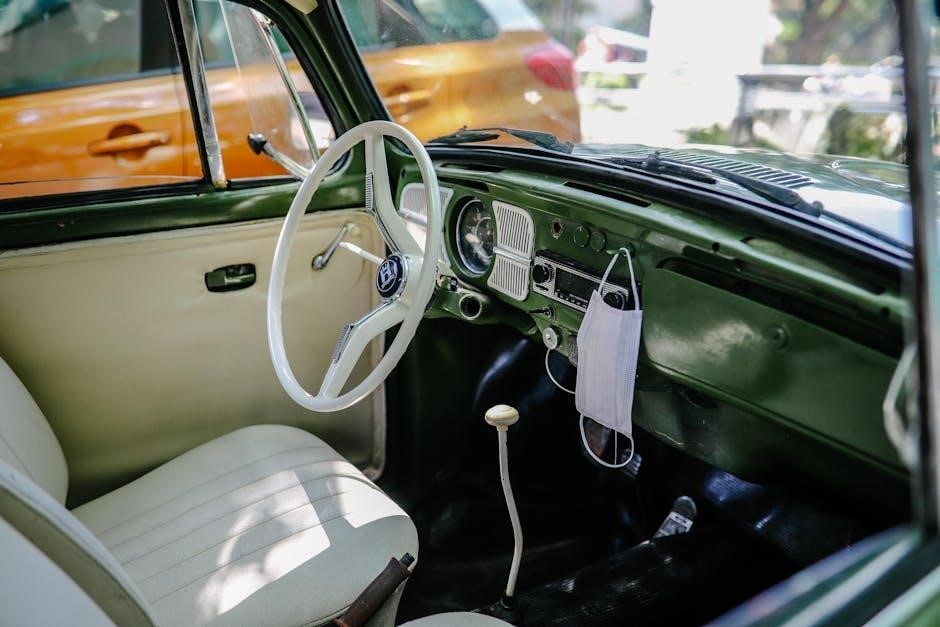
This commitment to superior materials and design demonstrates Nuna’s dedication to providing the highest level of safety for your precious passenger.
FAA Aircraft Certification
The Nuna PIPA RX proudly holds FAA (Federal Aviation Administration) aircraft certification, signifying its approval for use on commercial airlines. This certification isn’t simply a formality; it demonstrates the car seat has undergone rigorous testing to meet stringent safety standards for air travel. This allows parents to seamlessly transition their infant from car to plane, maintaining a consistent safety environment.
FAA certification confirms the PIPA RX’s ability to withstand the forces experienced during turbulence and potential unexpected landings. The seat’s design and construction are specifically engineered to perform reliably within the confines of an aircraft cabin. Always verify airline-specific regulations regarding car seat usage, as policies can vary.
This certification provides peace of mind, knowing your child is protected during all stages of travel.
Meeting Safety Standards
The Nuna PIPA RX isn’t just designed for convenience; it’s meticulously engineered to surpass stringent global safety standards. Beyond FAA certification for air travel, the car seat complies with or exceeds regulations set by leading safety organizations worldwide, including those in the US, Europe, and Canada. This commitment to safety is paramount in Nuna’s design philosophy.
Rigorous crash testing, both internal and conducted by independent laboratories, validates the PIPA RX’s protective capabilities. These tests simulate real-world accident scenarios, assessing the seat’s performance in frontal, side, and rollover impacts. The seat’s construction utilizes premium materials and innovative engineering to maximize energy absorption and minimize forces transferred to the infant.
Nuna consistently updates its designs to align with evolving safety regulations and advancements in child passenger safety technology.
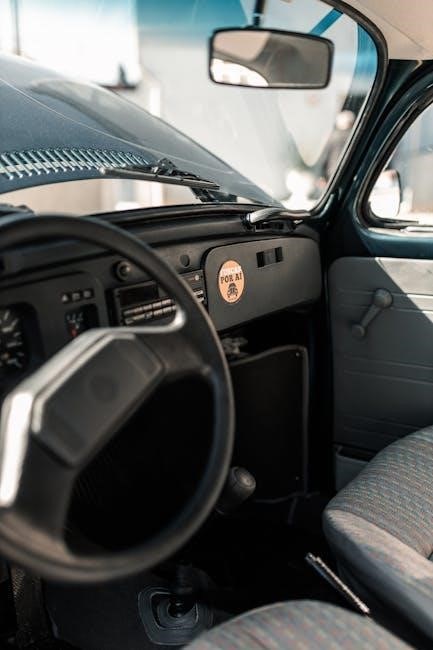
Troubleshooting & FAQs
Common issues include installation difficulties, harness adjustments, and cleaning concerns; solutions and answers to frequently asked questions are readily available here.
Common Installation Issues
Difficulty securing the base tightly is a frequent concern; ensure the vehicle’s seatbelt is locked and the base is level using the built-in indicator. Incorrect base placement can prevent a secure connection, compromising safety; Some users report challenges with specific vehicle seats due to varying seat geometries. Always double-check the installation after each use, as slight movements can occur.
Another common problem involves the LATCH connectors; verify they are firmly attached to the vehicle’s anchor points and that the straps aren’t twisted. If the base feels unstable, try re-installing it, consulting the manual’s diagrams for clarity.
Aircraft mode installation can also present difficulties; ensure the seat is properly locked into the airplane seat and that all components are securely fastened. Remember to consult airline regulations regarding car seat usage during flights. If issues persist, seeking assistance from a certified Child Passenger Safety Technician (CPST) is highly recommended.
Harness Adjustment Problems
A common issue is difficulty tightening the harness straps sufficiently; ensure the straps are pulled firmly from the shoulder slots, eliminating any slack. The no-re-thread harness system simplifies adjustments, but proper technique is crucial. Some parents find it challenging to achieve a snug fit, especially with bulky infant clothing.
Another frequent problem involves the chest clip; it should be positioned at armpit level to ensure optimal safety. Incorrect placement can compromise the harness’s effectiveness in a crash.
If the harness feels loose even after tightening, double-check that the straps are routed correctly through the seat’s slots. Regularly inspect the harness for any signs of wear or damage. If you encounter persistent difficulties, consult the manual’s detailed instructions or seek guidance from a certified Child Passenger Safety Technician (CPST) for personalized assistance.

Cleaning and Maintenance
Maintaining the Nuna PIPA RX’s cleanliness is vital for hygiene and longevity; the fabric cover is removable and machine washable, using a mild detergent and cold water. Always air dry the cover, as heat can damage the materials. The plastic components can be wiped down with a damp cloth and mild soap.
Avoid harsh chemicals or abrasive cleaners, as they may discolor or weaken the plastic. Regularly inspect the harness straps for food debris or stains, cleaning them as needed with a damp cloth.
Periodically check the car seat’s frame and components for any signs of damage or wear. Proper storage when not in use, away from direct sunlight and extreme temperatures, will help preserve the car seat’s quality and extend its lifespan.
What to do if the Idol is Stolen (Relating to Mol’s Quest ⎼ Baldur’s Gate 3 context, as per provided data)
If you’ve unfortunately pilfered the idol for Mol, be prepared for consequences; she offers a single chance for redemption, but subsequent attempts to rectify the situation will be met with hostility. Mol will become irate, refusing further dialogue and ultimately severing communication, stating “You asked for it.”
The quest may still register as completed, despite your inability to return the idol, but the associated rewards and narrative branches will be significantly altered.
Be aware that stealing the idol may tie Mol to Raphael, potentially leading to her kidnapping and a deal involving her soul. Reloading a previous save is often recommended to avoid these outcomes.
Mol’s Reaction to Idol Theft (Baldur’s Gate 3 context)
Mol’s response to the stolen idol is overwhelmingly negative; initially, she grants a single opportunity to return it, but any further attempts at reconciliation are swiftly rejected. Expect a harsh rebuke and a complete cessation of dialogue options. She’ll express extreme displeasure, declaring “You asked for it,” and permanently closing off communication.
This outcome significantly impacts her storyline, potentially leading to a darker fate. Even after resting, her animosity remains unwavering, preventing further interaction.
The theft can also influence her relationship with Raphael, potentially resulting in her kidnapping and a soul-binding bargain. Careful consideration is advised before making this choice.
Arabella’s Role and Impact on Mol (Baldur’s Gate 3 context)
Arabella’s presence is crucial to unlocking Mol’s storyline; finding her after saving her from execution in Druid Grove is a prerequisite to progressing Mol’s quest. Locate her near the Healing House and invite her to camp. Subsequently, discovering her parents within the Healing House and advancing her personal narrative is essential.
This progression directly leads to accessing Mol, who remains inaccessible until Arabella’s story reaches a certain point.
Completing Arabella’s quest unlocks powerful spells, hinting at the significant rewards tied to assisting her. Without fulfilling these steps, Mol remains hidden, and her questline cannot be initiated, impacting the overall narrative.
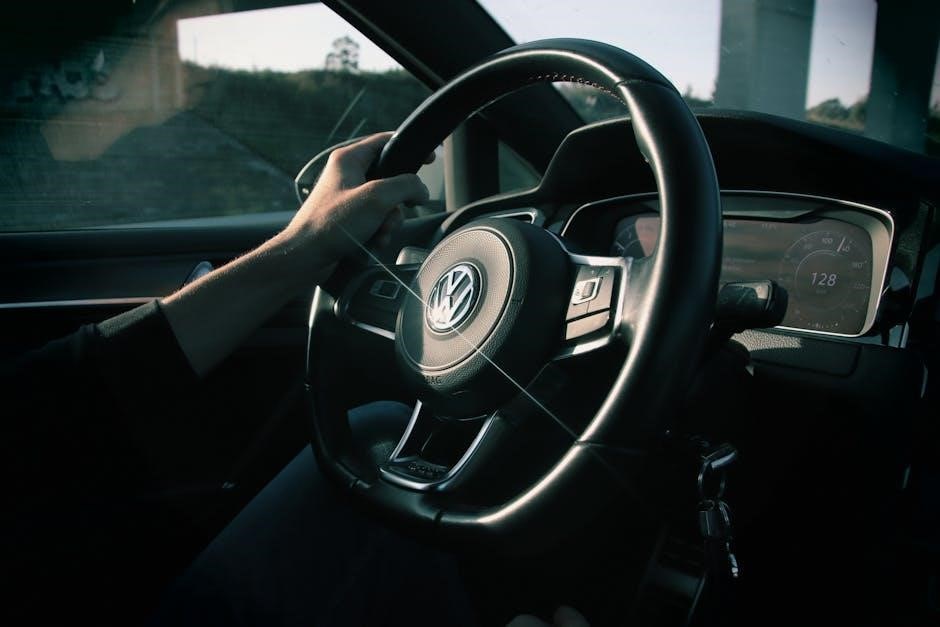
Raphael’s Involvement with Mol (Baldur’s Gate 3 context)
Raphael’s connection to Mol is shrouded in mystery and potentially sinister; if Mol is kidnapped during the questline, the implication is that Raphael orchestrated her rescue. This isn’t a benevolent act, however, as he restores her eyesight in exchange for a significant price – likely her soul, or a binding agreement.
If Mol avoids kidnapping, the narrative suggests she either didn’t enter into a pact with Raphael, or the terms of any agreement differed substantially.
His involvement casts a dark shadow over Mol’s fate, hinting at a manipulative force influencing her choices and potentially controlling her destiny. Understanding Raphael’s motives is key to deciphering the full scope of Mol’s story.
Quest Completion Issues (Baldur’s Gate 3 context)
Players have reported encountering glitches preventing proper quest completion; specifically, the game may incorrectly mark the quest as finished even if the idol hasn’t been delivered to Mol. This can occur after stealing the idol and then attempting to hand it over, leaving the quest in a broken state.
Reloading a previous save before the idol exchange is often suggested as a workaround, but doesn’t always resolve the issue. Some players find the quest permanently bugged, preventing further interaction with Mol.
Dialogue inconsistencies and missing options can also arise, hindering progress. It’s crucial to save frequently and document actions to mitigate potential completion problems.
